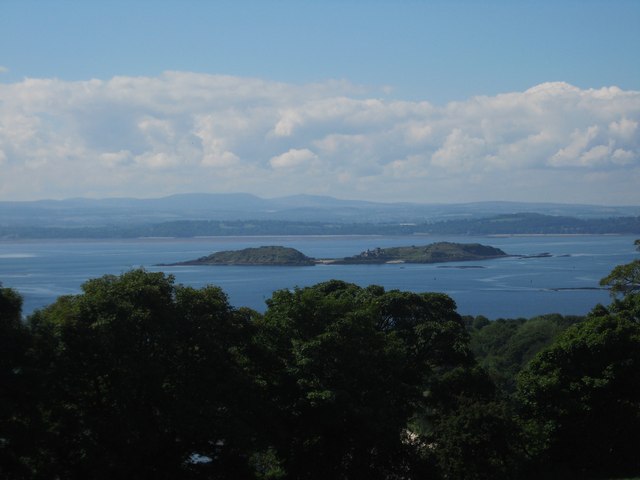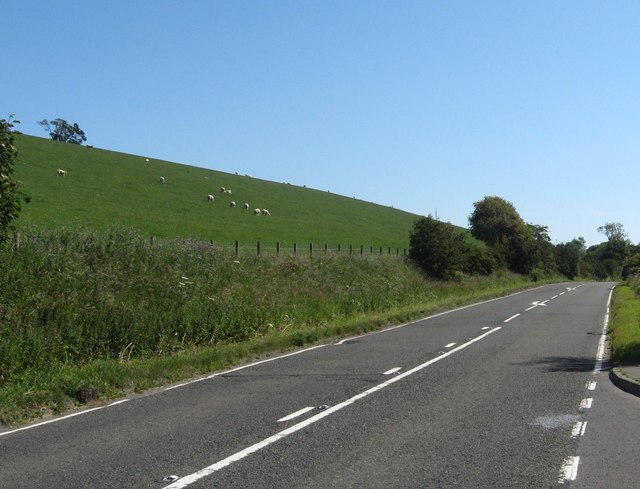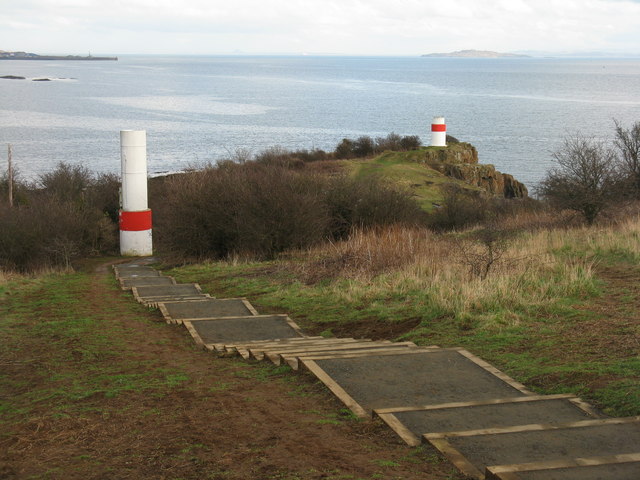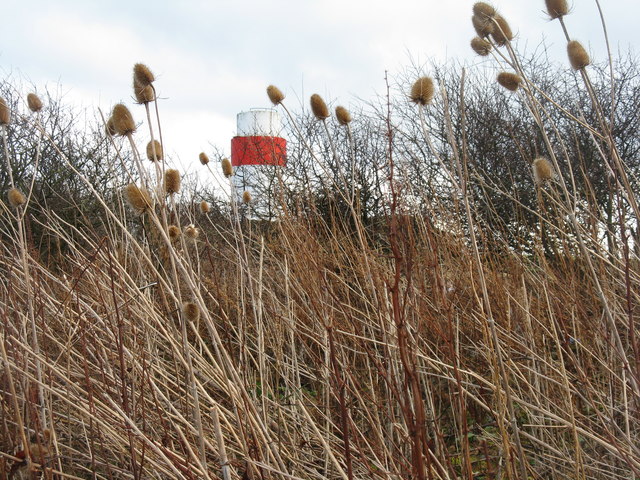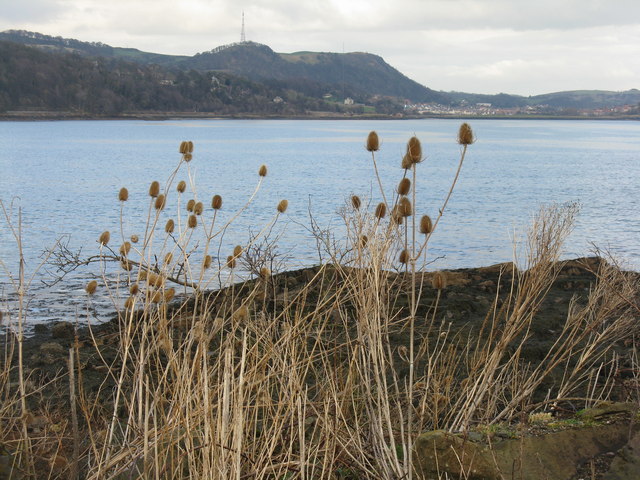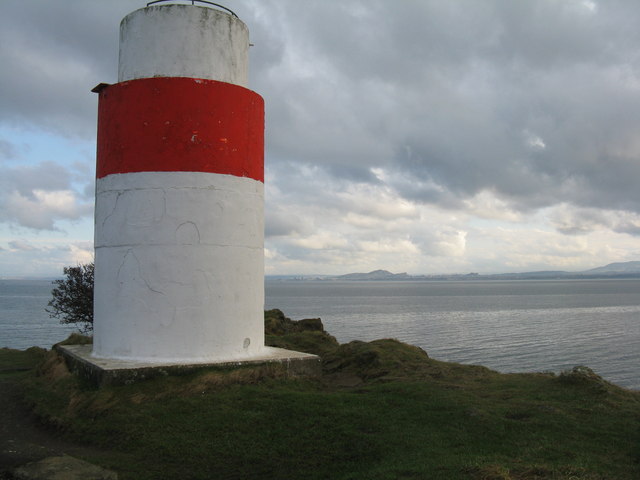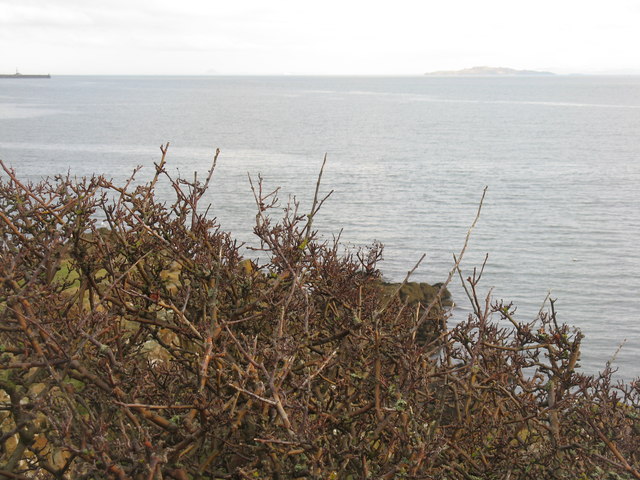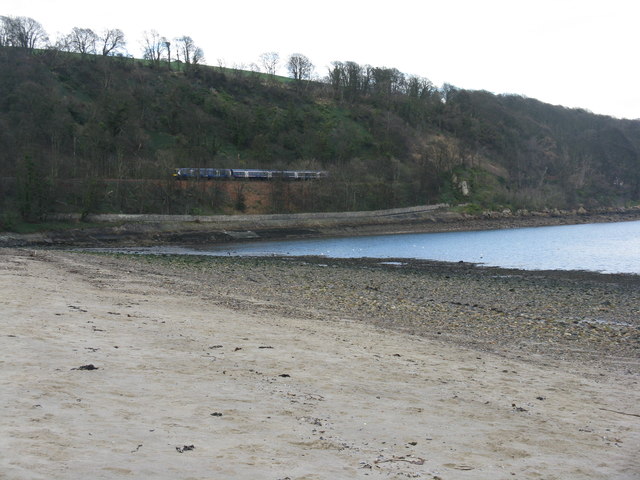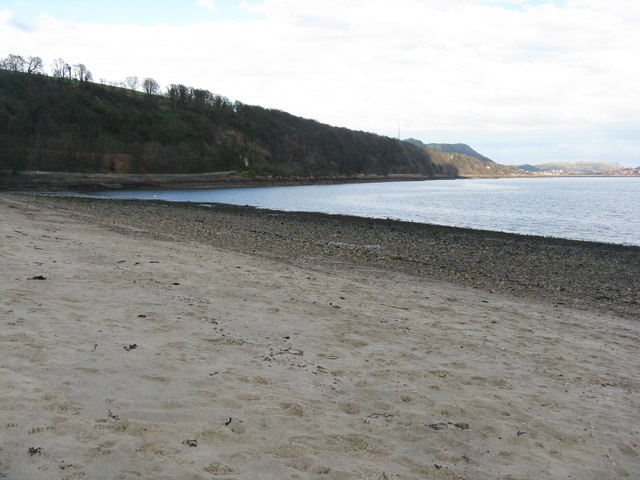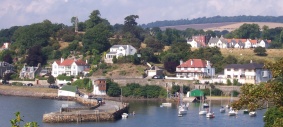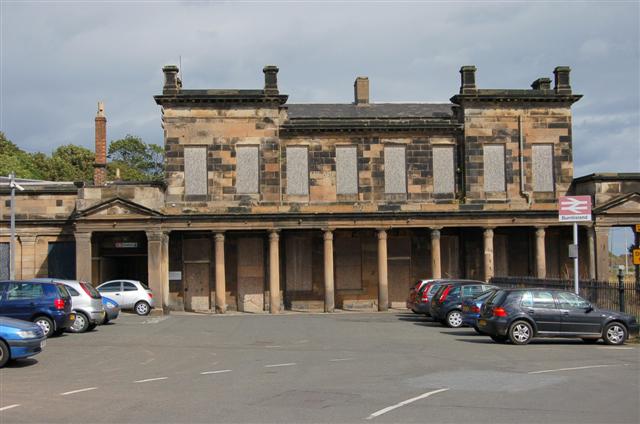Common Rocks
Coastal Feature, Headland, Point in Fife
Scotland
Common Rocks
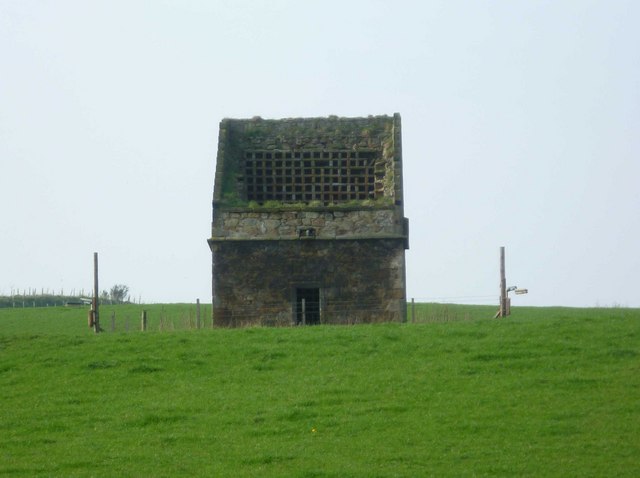
Common Rocks is a prominent coastal feature located in Fife, Scotland. It is characterized as a headland or point, jutting out into the North Sea. The site is situated along the picturesque coastline, in close proximity to the village of East Wemyss.
Common Rocks is composed of a variety of rock formations that have been shaped by the relentless forces of nature over millions of years. The cliffs that make up this coastal feature are primarily composed of sedimentary rocks, including sandstone and shale. These rocks exhibit various colors, ranging from earthy browns and grays to vibrant reds and oranges, creating a visually stunning landscape.
The rugged and jagged nature of the cliffs at Common Rocks is a testament to the power of erosion and the constant battering of the waves. Over time, the relentless pounding of the sea has carved out caves, arches, and stacks along the shoreline, adding to the charm and intrigue of this coastal area.
Common Rocks is also known for its rich biodiversity. The rocky shores provide a habitat for a diverse array of plant and animal species. Seabirds such as gulls, kittiwakes, and fulmars can be spotted nesting on the cliffs, while rock pools along the shoreline house a variety of marine life, including crabs, limpets, and anemones.
The charm and natural beauty of Common Rocks make it a popular destination for nature enthusiasts, hikers, and photographers. Visitors can enjoy breathtaking views of the North Sea, explore the rugged coastline, and witness the ever-changing interplay between land and sea.
If you have any feedback on the listing, please let us know in the comments section below.
Common Rocks Images
Images are sourced within 2km of 56.053184/-3.269073 or Grid Reference NT2185. Thanks to Geograph Open Source API. All images are credited.

![Rossend Castle The castle dates back to at least 1382 when it is recorded as the Tower of Kingorne-Waster (Kinghorn West). For most of its existence it was known as Burntisland Castle until a 19th-century owner changed its name. In the 1960s it faced the serious prospect of demolition, but was saved after a campaign spearheaded by the novelist Nigel Tranter and supported by all the various Scottish heritage organizations. Its future was finally secured in the 1970s when it was bought by the Hurd Rolland Partnership of architects who restored it as their offices.
A curious story, which sounds like a tragi-comic episode straight out of Boccaccio's The Decameron, is associated with the castle. Mary, Queen of Scots, spent the night of the 14th February, 1562 in the castle when it was in the possession of her supporter, Kirkcaldy of Grange. A French poet by the name of Du Chatelard entered the castle by a secret wall staircase which led from one of the bedchambers down to the seashore. Repeating an offence he had committed some time earlier at Holyrood, he suddenly burst into the Queen's chamber as she retired to bed, causing her to scream for help. The 19thC historian James Tytler relates that, "Mary, glowing with indignation at the insult, commanded Moray, who first ran to her succour, to stab him with his dagger, but he preferred securing him to this summary vengeance, a formal trial followed, and the miserable man was condemned and executed within two days after his offence." His last words on the scaffold were reported as, "Farewell, thou who art so beautiful and so cruel, who killest me, and whom I cannot cease to love!"
In the Civil War period, the castle was surrendered to Cromwell by the forces of the Covenant. On the 29th July 1651, he sent the following letter to the Speaker of the House of Commons,
"The greatest part of the army is in Fife; waiting what way God will farther lead us. It hath pleased God to give us in Burntisland; which is indeed very conducing to the carrying-on of our affairs. The town is well seated; pretty strong; but marvellous capable of further improvement in that respect, without great charge. The Harbour, at a high spring [tide], is near a fathom deeper than at Leith; and doth not be commanded by any ground without the Town. We took three or four small men-of-war in it, and I believe thirty or forty guns. Commissary-General Whalley marched along the sea-side in Fife, having some ships to go along the coast; and hath taken great store of great artillery and divers ships. The Enemy's affairs are in some discomposure, as we hear. Surely the Lord will blow upon them. 'I rest,' Your most humble servant, Oliver Cromwell."](https://s2.geograph.org.uk/geophotos/02/67/56/2675626_22c8dd1b.jpg)
Common Rocks is located at Grid Ref: NT2185 (Lat: 56.053184, Lng: -3.269073)
Unitary Authority: Fife
Police Authority: Fife
What 3 Words
///crouching.duet.potions. Near Aberdour, Fife
Nearby Locations
Related Wikis
Rossend Castle
Rossend Castle is a historic building in Burntisland, a town on the south coast of Fife, Scotland. == History == A keep, known as the Tower of Kingorne...
Aberdour railway station
Aberdour railway station is a railway station in the village of Aberdour, Fife, Scotland. The station is managed by ScotRail and is on the Fife Circle...
Aberdour
Aberdour ( ; Scots: , Scottish Gaelic: Obar Dobhair) is a scenic and historic village on the south coast of Fife, Scotland. It is on the north shore of...
Burntisland railway station
Burntisland railway station is a railway station in the town of Burntisland, Fife, Scotland. The station is managed by ScotRail and is on the Fife Circle...
Have you been to Common Rocks?
Leave your review of Common Rocks below (or comments, questions and feedback).
